Rome’s ancient amphitheater might dominate postcards and travel guides, but the Eternal City offers countless other magnificent attractions that many visitors overlook in their rush to see the famous arena. From hidden architectural gems to lesser-known museums and authentic neighborhoods, Rome rewards travelers willing to venture beyond the typical tourist circuit.
The city’s layers of history, art, and culture provide endless discoveries for those seeking a more unique Roman experience. Here is a list of 20 remarkable places to visit in Rome that have nothing to do with the Colosseum, but everything to do with understanding this magnificent city.
Villa Borghese Gardens
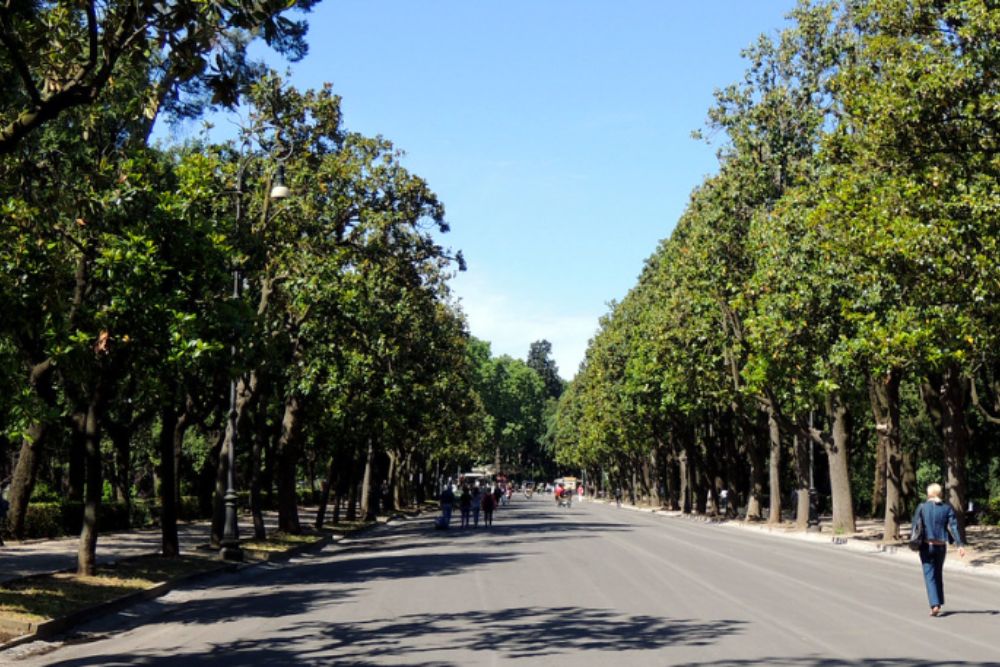
This expansive urban park serves as Rome’s verdant heart, offering a peaceful escape from the city’s intense pace. Spanning 200 acres, these manicured gardens feature tree-lined pathways, ornate fountains, and tranquil lake views that provide the perfect setting for an afternoon stroll.
The gardens surround the Galleria Borghese, home to masterpieces by Bernini and Caravaggio that rival any art collection in Italy.
Trastevere

Across the Tiber River lies this charming medieval neighborhood that captures Rome’s authentic spirit far better than any ancient ruin. Narrow cobblestone streets wind between weathered buildings adorned with flowering balconies, while picturesque piazzas fill with locals during evening passeggiata.
The area transforms after sunset when traditional trattorias and modern cocktail bars create a vibrant atmosphere that reveals how contemporary Romans enjoy their historic city.
Like Travel Pug’s content? Follow us on MSN.
Palazzo Doria Pamphilj
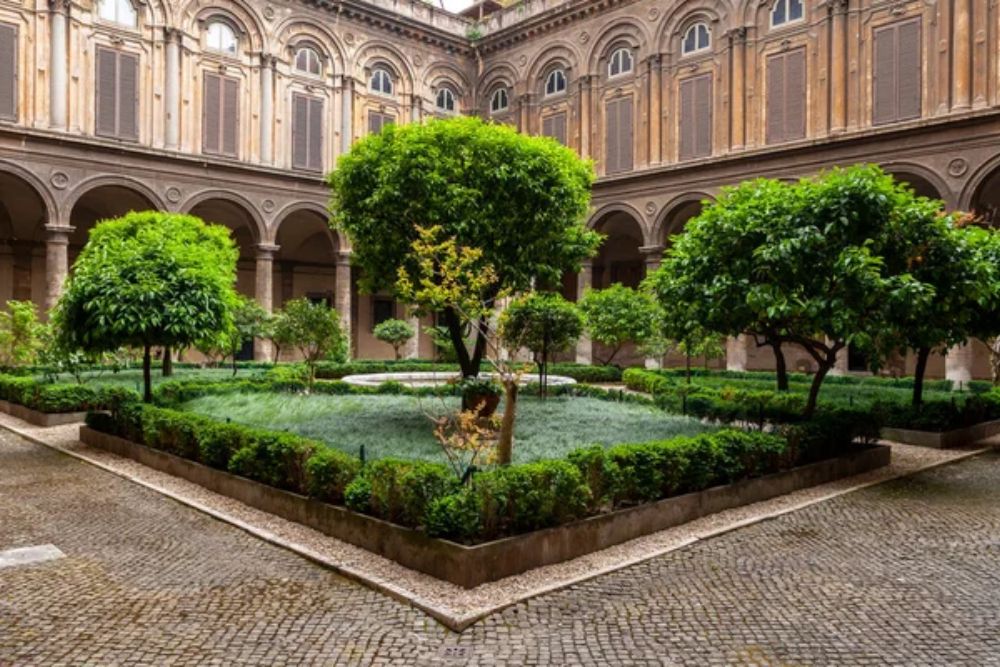
This stunning private palace houses one of Rome’s finest art collections yet remains mysteriously absent from most tourist itineraries. The ornate galleries display masterpieces by Caravaggio, Raphael, and Velázquez amid original furnishings that demonstrates how Roman nobility once lived.
The audio guide, narrated by a family descendant, adds personal context to the grandeur that commercial museums simply cannot match.
Catacombs of San Callisto
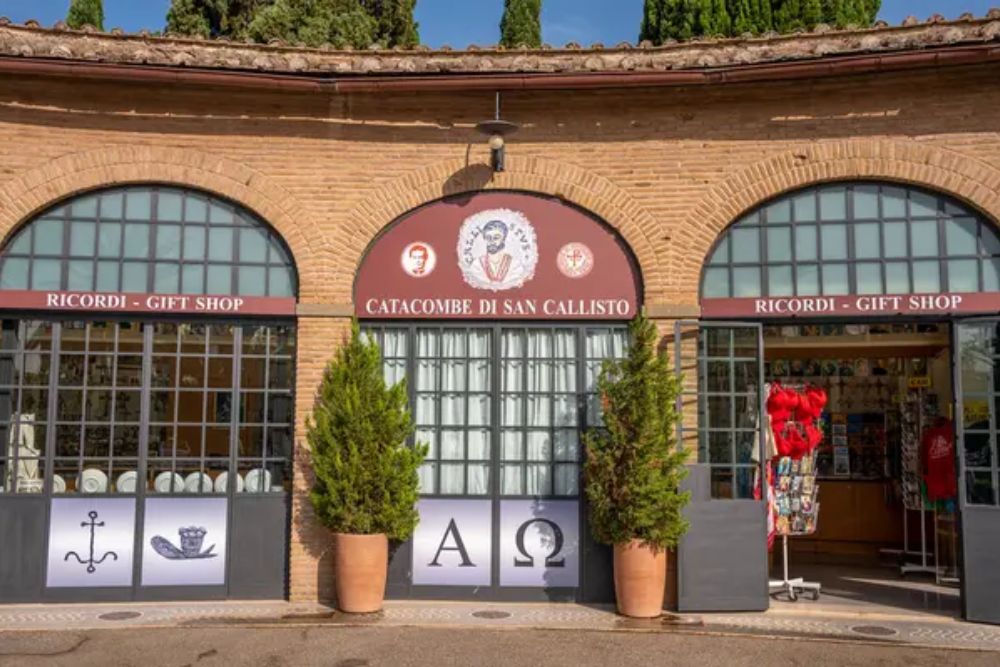
Beneath Rome’s surface lies a hidden world of early Christian burial chambers that offer fascinating insights into ancient funeral practices. These extensive underground passageways stretch for nearly 12 miles and contain the remains of half a million people, including several early popes.
The shadowy corridors lined with ancient symbols provide a sobering counterpoint to Rome’s sunlit splendor above ground.
Jewish Ghetto
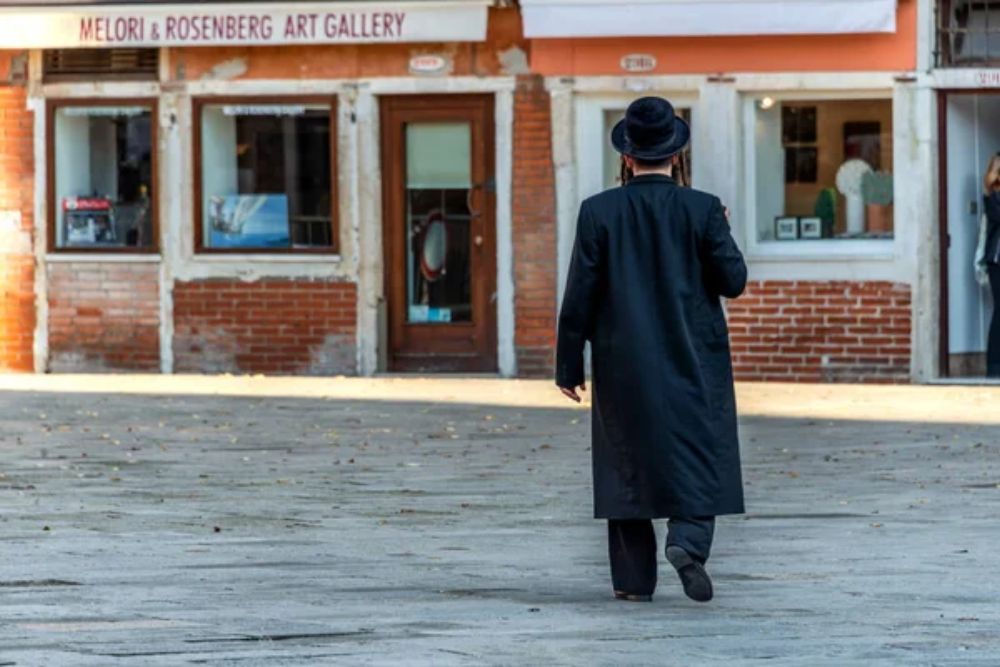
Rome’s Jewish Quarter tells a 2,000-year story of resilience through its architecture and cuisine. Established in 1555, this small neighborhood contains the magnificent Great Synagogue, poignant Holocaust memorials, and the remnants of Portico d’Ottavia from the Augustan era.
The area’s restaurants serve unique Roman-Jewish specialties like carciofi alla giudia (Jewish-style artichokes) that represents one of Rome’s most distinctive culinary traditions.
Like Travel Pug’s content? Follow us on MSN.
Centrale Montemartini

Industrial archaeology meets classical art in this extraordinary museum housed within Rome’s first public power plant. Ancient Roman statues stand in dramatic contrast against massive early 20th-century machinery, creating visually striking tableaux that breathe new life into both the artifacts and the industrial space.
The unconventional setting offers a refreshing break from traditional museums while showcasing exceptional pieces from the Capitoline collection.
Palazzo Altemps
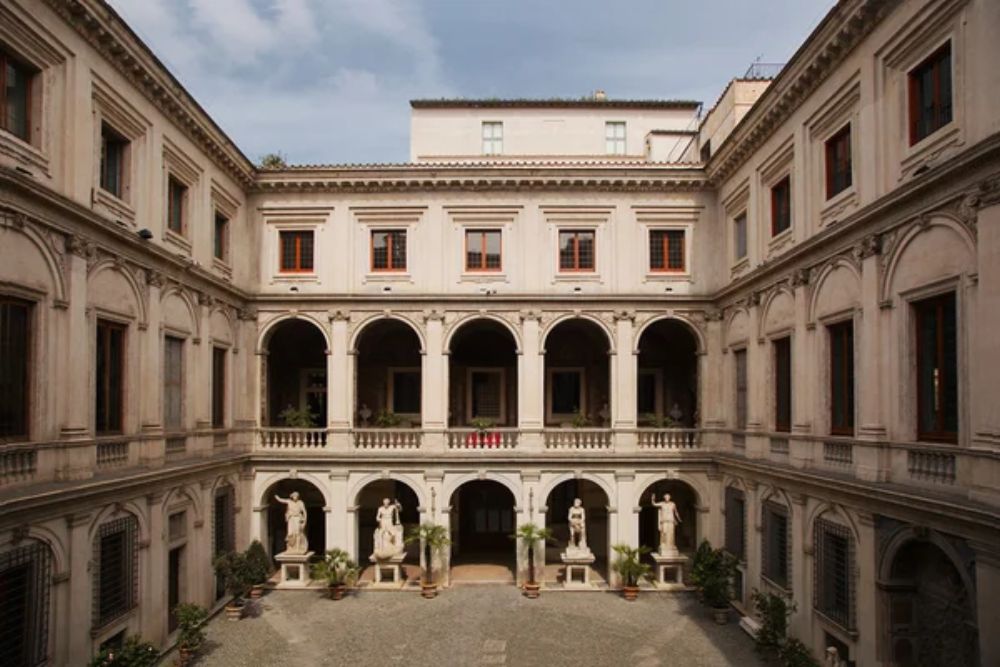
This Renaissance palace near Piazza Navona houses an exceptional collection of ancient sculptures in rooms adorned with original frescoes. The building itself tells a fascinating story of Roman nobility, while masterpieces like the Ludovisi Battle Sarcophagus demonstrate the extraordinary skill of ancient sculptors.
The museum’s tranquil courtyard provides a peaceful moment of reflection amid Rome’s bustling historic center.
Protestant Cemetery

Literary enthusiasts and seekers of tranquility find solace in this peaceful cemetery, where poets Keats and Shelley rest among cypress trees and wandering cats. The beautifully maintained grounds contain fascinating monuments spanning three centuries, including the famous pyramid tomb of Cestius, which predates them all.
This contemplative space offers a poignant reminder of Rome’s magnetic pull on artists, writers, and travelers throughout history.
Like Travel Pug’s content? Follow us on MSN.
Appian Way
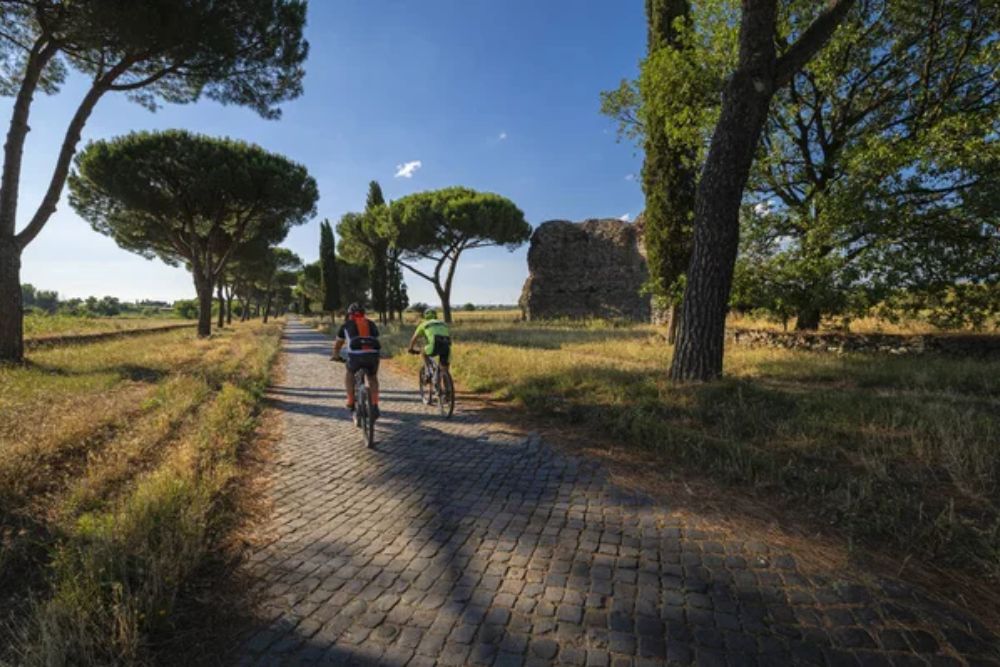
The ancient Romans claimed all roads led to Rome, but this remarkable highway led Romans outward to their expanding empire. Large sections of the original basalt paving stones remain intact despite 2,300 years of use, flanked by countryside villas and monumental tombs of wealthy Romans.
Sunday visitors benefit from traffic restrictions that transform this archaeological park into a peaceful retreat perfect for cycling or walking through history.
EUR District
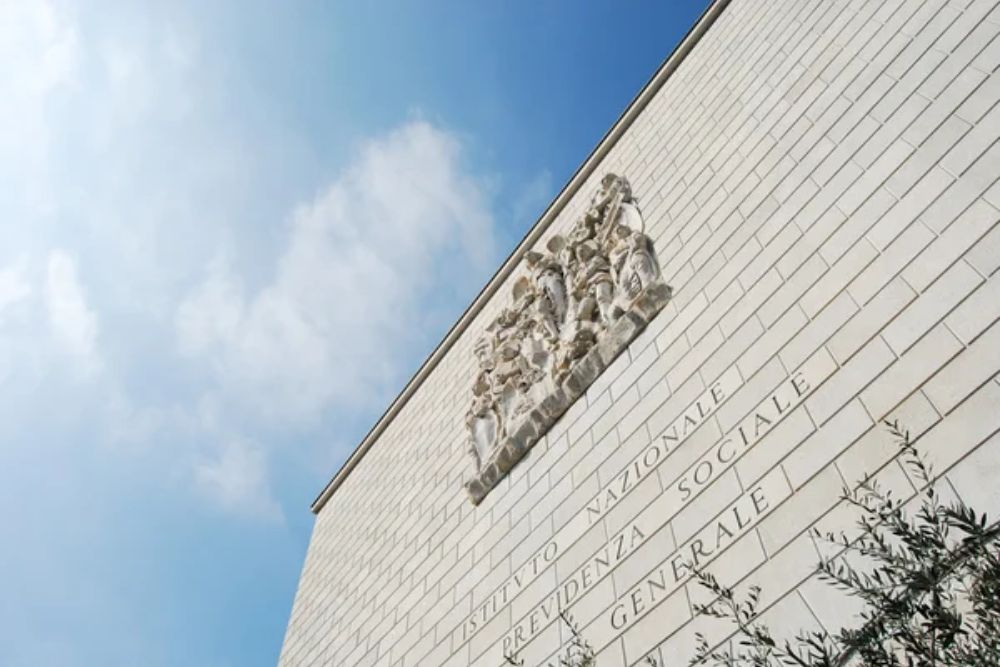
Modernist architecture enthusiasts discover unexpected treasures in this planned district built during Mussolini’s rule for a world exhibition that never occurred due to World War II. Monumental travertine buildings showcase the distinctive rationalist style with classical proportions and clean lines that create an almost surreal urban landscape.
The striking Palazzo della Civiltà Italiana, nicknamed the ‘Square Colosseum,’ provides a fascinating architectural counterpoint to its ancient namesake.
Galleria Spada
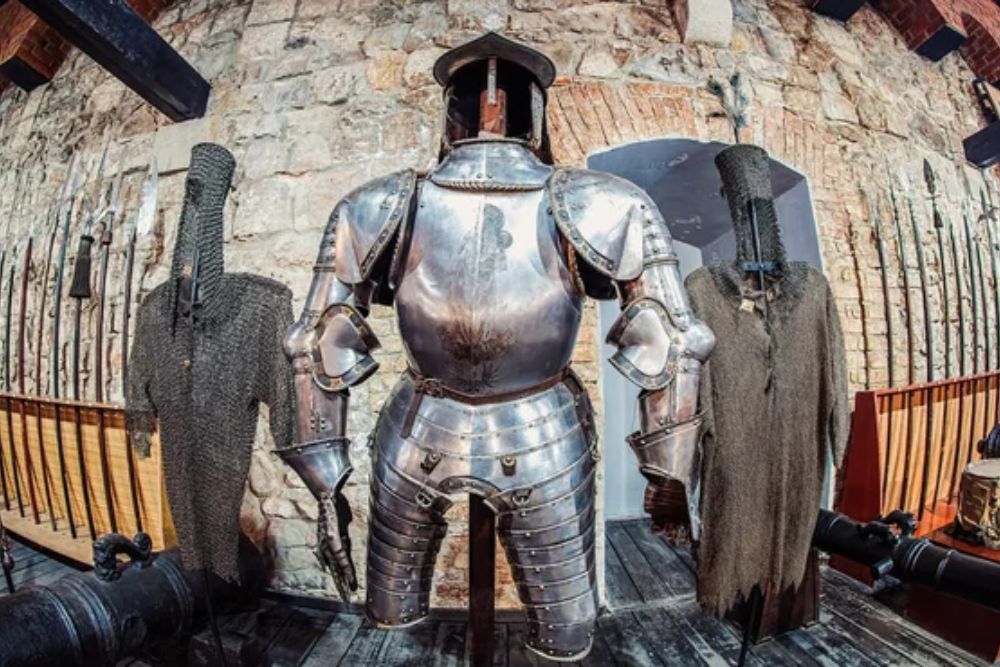
This intimate gallery houses a magnificent forced perspective corridor designed by Borromini that demonstrates the Baroque fascination with optical illusions. The modest collection of paintings includes works by Caravaggio and Titian displayed in ornately decorated rooms that maintain their 17th-century atmosphere.
The palace’s surprising trompe l’oeil effect compresses 37 feet of gallery space to appear 90 feet long, showcasing architectural ingenuity beyond grand monuments.
Like Travel Pug’s content? Follow us on MSN.
San Clemente Basilica
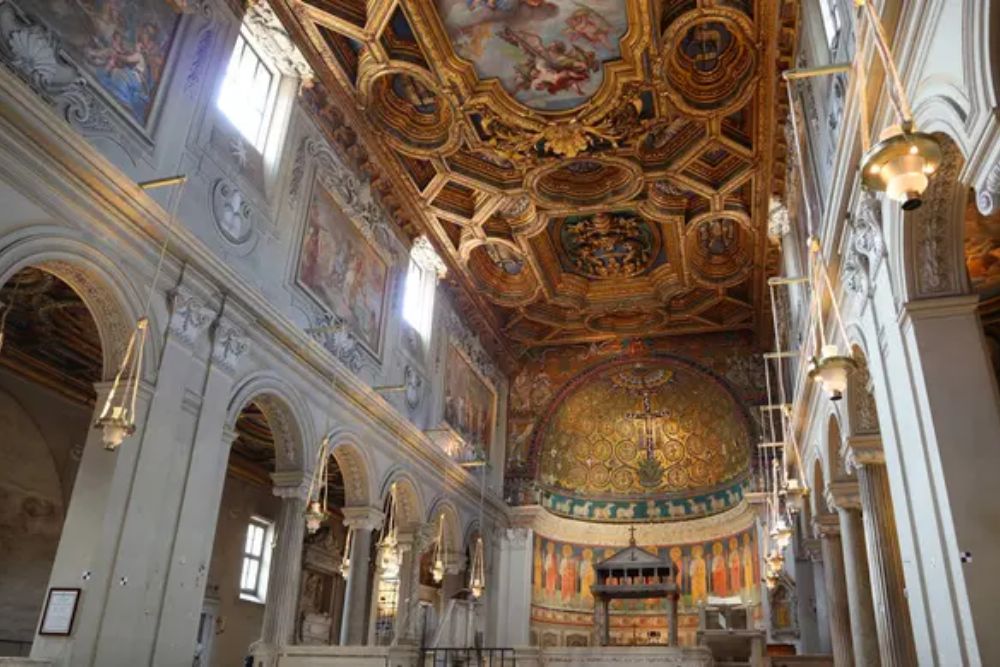
Rome’s layered history becomes literal in this remarkable church built upon multiple earlier structures spanning two millennia. Visitors descend through three distinct levels: a 12th-century basilica with glittering mosaics, a 4th-century early Christian church, and finally, a 1st-century Roman Mithraeum and apartment building.
Underground springs create an atmospheric soundtrack as you explore these archaeological layers that perfectly demonstrate Rome’s continuous reinvention.
Castel Sant’Angelo
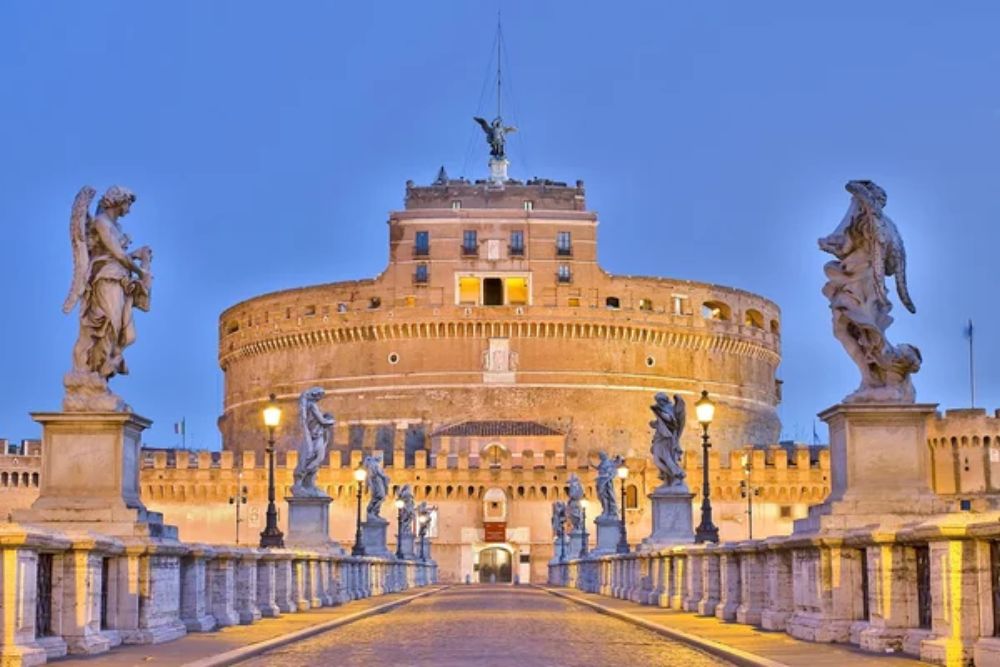
This cylindrical fortress began life as Emperor Hadrian’s mausoleum before being transformed into a papal stronghold, connected to the Vatican by a secret elevated passageway. The structure’s military architecture contrasts with surprisingly ornate papal apartments decorated with Renaissance frescoes inside.
The rooftop terrace offers spectacular views across the Tiber River toward St. Peter’s Basilica, particularly magical during sunset.
Aventine Hill
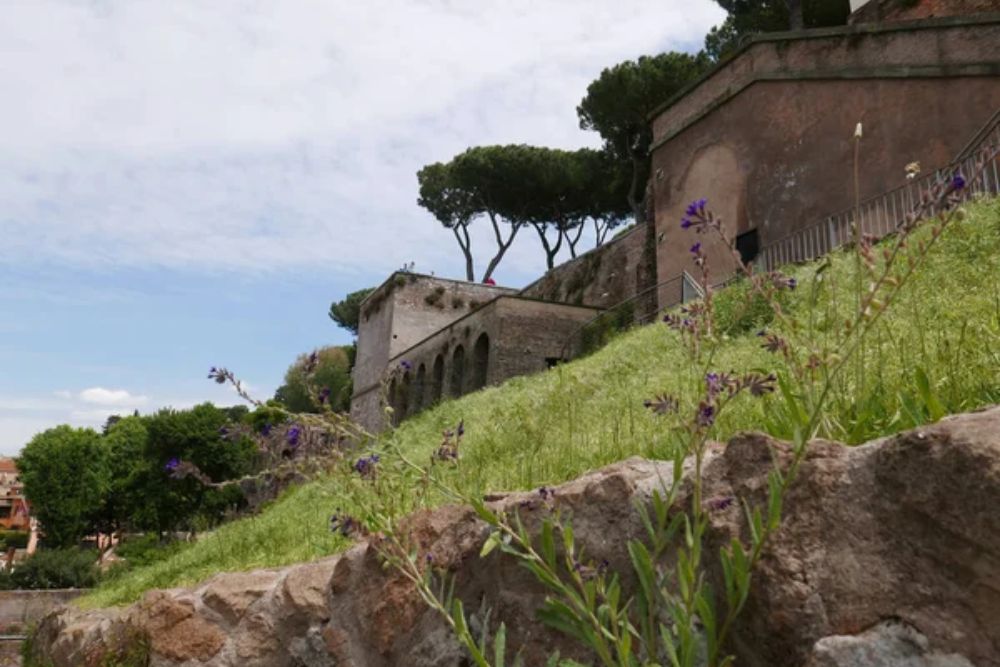
This elegant residential district provides welcome relief from tourist crowds while offering several distinctive attractions. The famous keyhole at the Knights of Malta property frames a perfect view of St. Peter’s dome. At the same time, the Orange Garden (Giardino degli Aranci) provides spectacular panoramic vistas across the city.
The area’s quiet streets, lined with grand villas and ancient churches, reward unhurried exploration off the standard tourist path.
Like Travel Pug’s content? Follow us on MSN.
Palazzo Massimo alle Terme
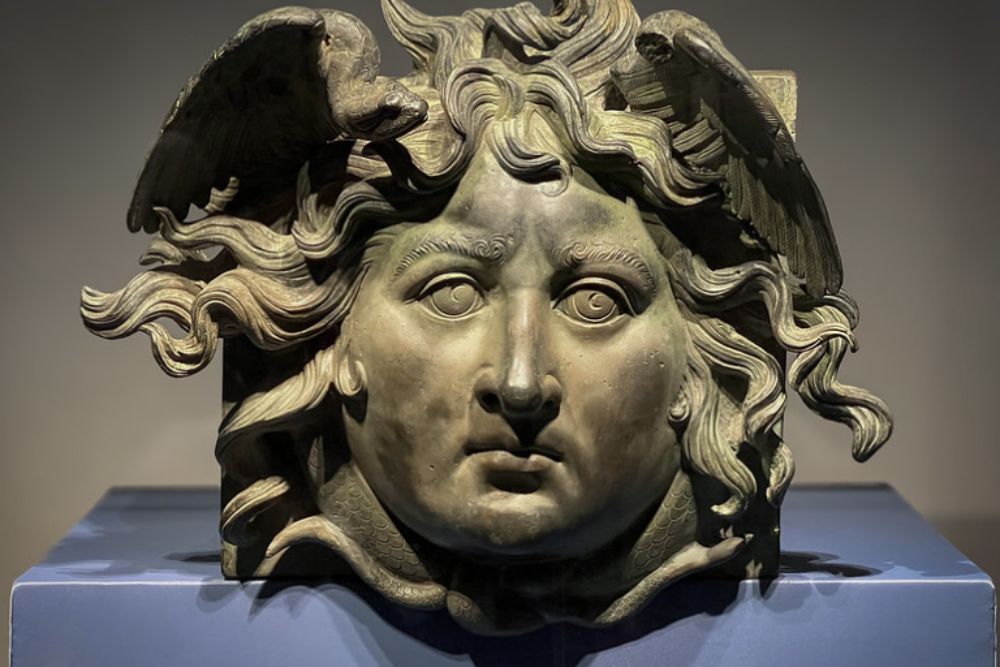
The National Roman Museum’s main branch houses breathtaking ancient frescoes, mosaics, and sculptures that rival any collection in the city. Entire rooms from ancient Roman villas have been reconstructed, showcasing vibrant garden scenes that bring daily Roman life into focus more vividly than monumental ruins.
The bronze Boxer at Rest statue, with its realistic depiction of athletic injuries, offers more emotional impact than many larger monuments.
Quartiere Coppedè
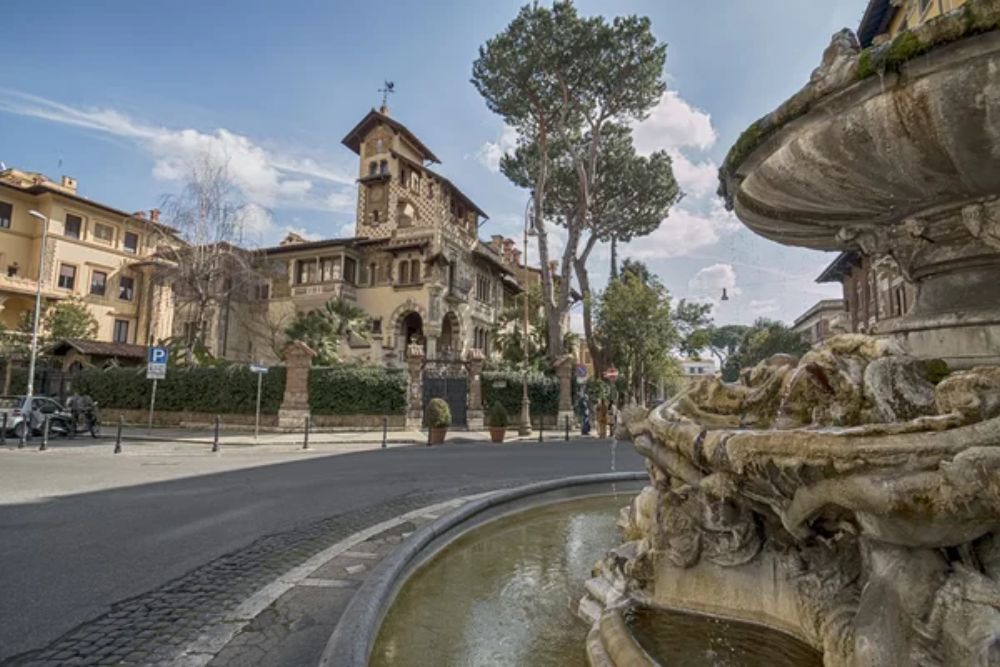
Architecture enthusiasts discover a fairytale neighborhood in this small enclave of fantastical buildings created by Gino Coppedè between 1913 and 1927. The eccentric mix of Ancient Greek, Baroque, Medieval, and Art Nouveau styles creates an atmosphere that feels transported from a storybook rather than a typical Roman design.
The whimsical outdoor chandelier hanging at the district’s entrance signals that you’ve entered somewhere entirely unique within the Eternal City.
Santa Prassede
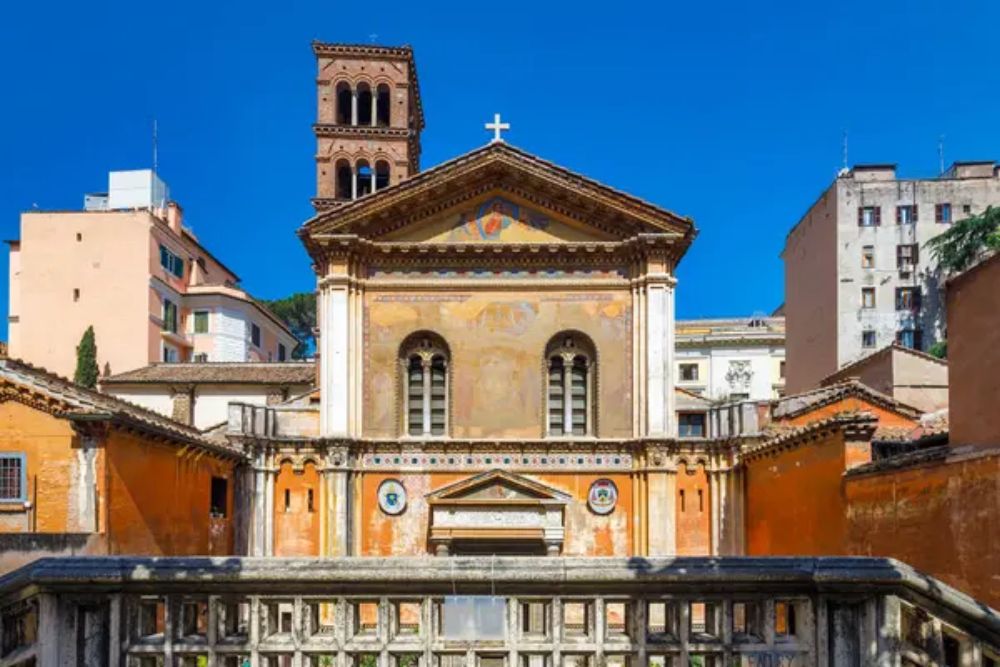
Hidden just blocks from busy Santa Maria Maggiore, this 9th-century church contains some of the most magnificent Byzantine mosaics outside of Ravenna. The intimate Chapel of Saint Zeno glitters with golden tesserae covering every surface, creating an otherworldly atmosphere that transports visitors to Constantinople’s influence.
The church also houses a segment of the column against which Christ was allegedly flagellated, drawing pilgrims seeking spiritual connection.
Like Travel Pug’s content? Follow us on MSN.
Ostia Antica
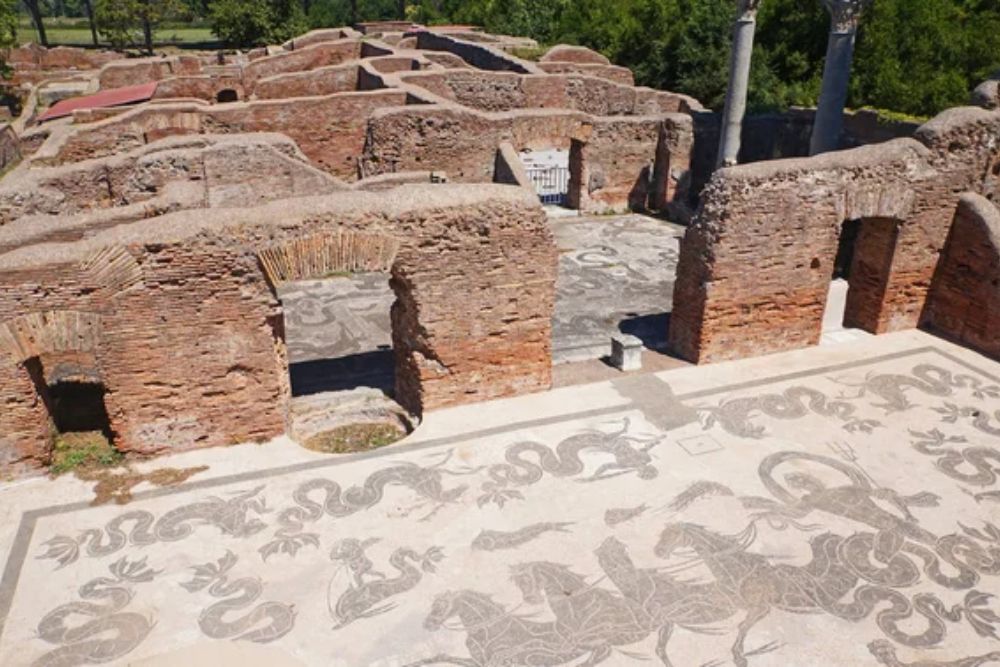
Just 30 minutes from central Rome lies the remarkably preserved ancient port city that offers a more intimate archaeological experience than the Forum. Well-preserved apartment buildings, shops, restaurants, and a theater reveal everyday Roman life without the reconstructions and crowds of central sites.
The intact mosaics in the Baths of Neptune and remarkably modern-looking public latrines demonstrate sophisticated urban planning two millennia ago.
Campo de Fiori
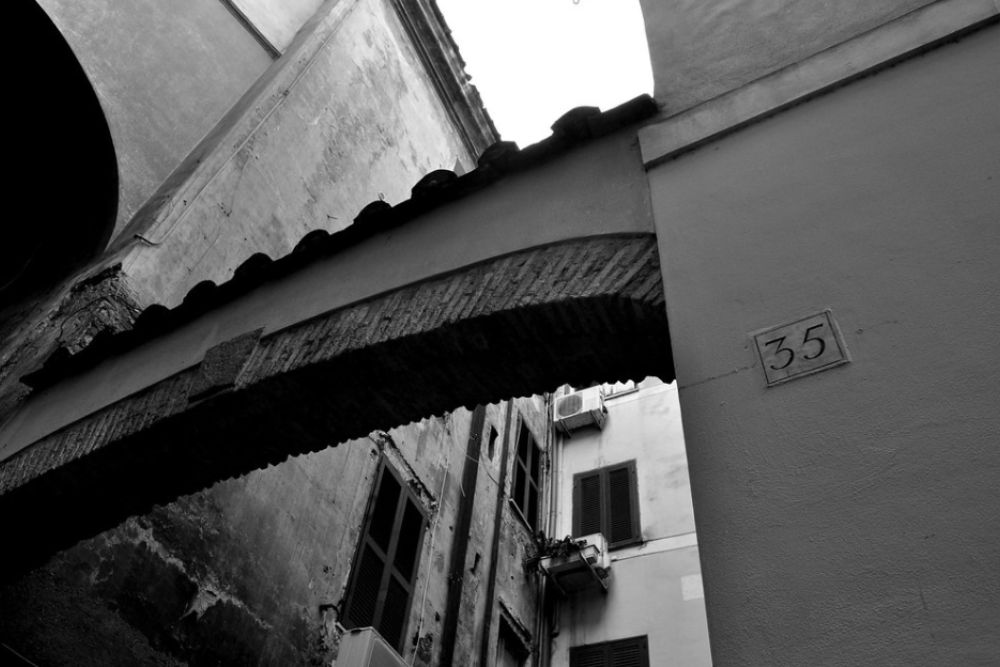
Morning brings Rome’s most colorful food market to this lively square, where locals shop for fresh produce, spices, and kitchen supplies amid Renaissance buildings. By evening, the plaza transforms into a bustling social scene where young Romans gather at surrounding bars and restaurants.
The imposing statue of philosopher Giordano Bruno, executed here for heresy in 1600, provides a somber reminder of the square’s historical significance beyond its current vibrancy.
Villa dei Quintili
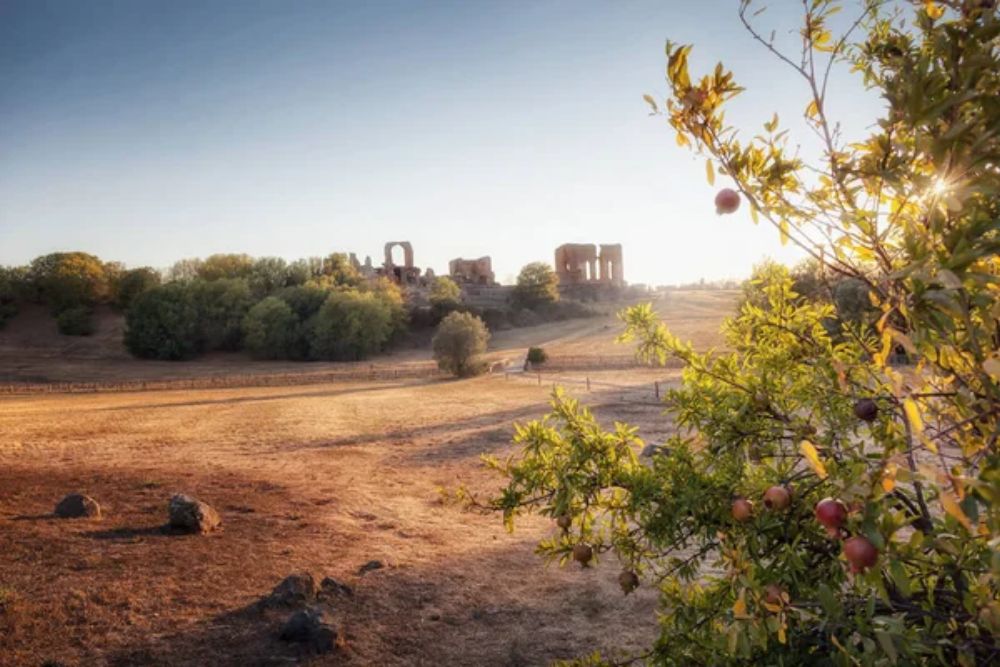
The countryside estate of two consuls who met tragic ends when Emperor Commodus coveted their magnificent property showcases the lavish lifestyle of Rome’s elite. Extensive ruins include private baths, marble halls, and a chariot racing track spread across the pastoral landscape along the Appian Way.
The relative solitude offers contemplative exploration impossible at central sites, with far-reaching views across the Roman countryside that connect visitors to the ancient landscape.
Like Travel Pug’s content? Follow us on MSN.
Rome Beyond the Obvious
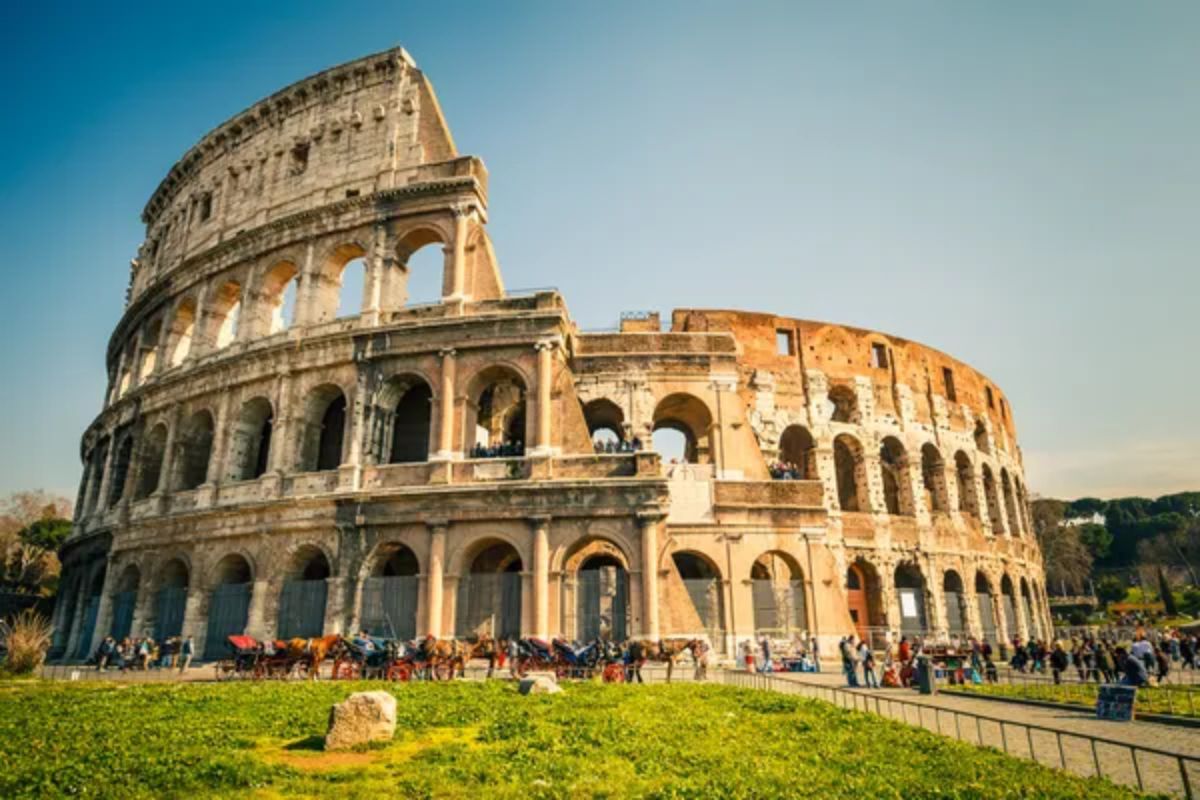
The Eternal City rewards those willing to venture past guidebook highlights with experiences that often create more lasting impressions than the famous ruins. These alternative destinations reveal Rome as a complex, living entity rather than a static monument to antiquity.
By exploring these less celebrated sites, visitors develop a more nuanced understanding of how Rome’s past continues to shape its present. The most meaningful Roman holiday often emerges when you set aside the checklist of famous attractions and simply allow yourself to be drawn down an intriguing side street toward discoveries that become your own personal Rome.
More from Travel Pug

- Cities Growing so Fast You Won’t Recognize Them in 10 Years
- 13 Destinations Where Tourists Regularly Regret Their Trip
- 20 Obscure WWII Sites Even History Buffs Don’t Know About
- 10 Under-the-Radar Mountain Towns That Are Both Affordable and Beautiful
- 20 Abandoned Places That Feel Like Real-Life Post-Apocalyptic Movie Sets
Like Travel Pug’s content? Follow us on MSN.
